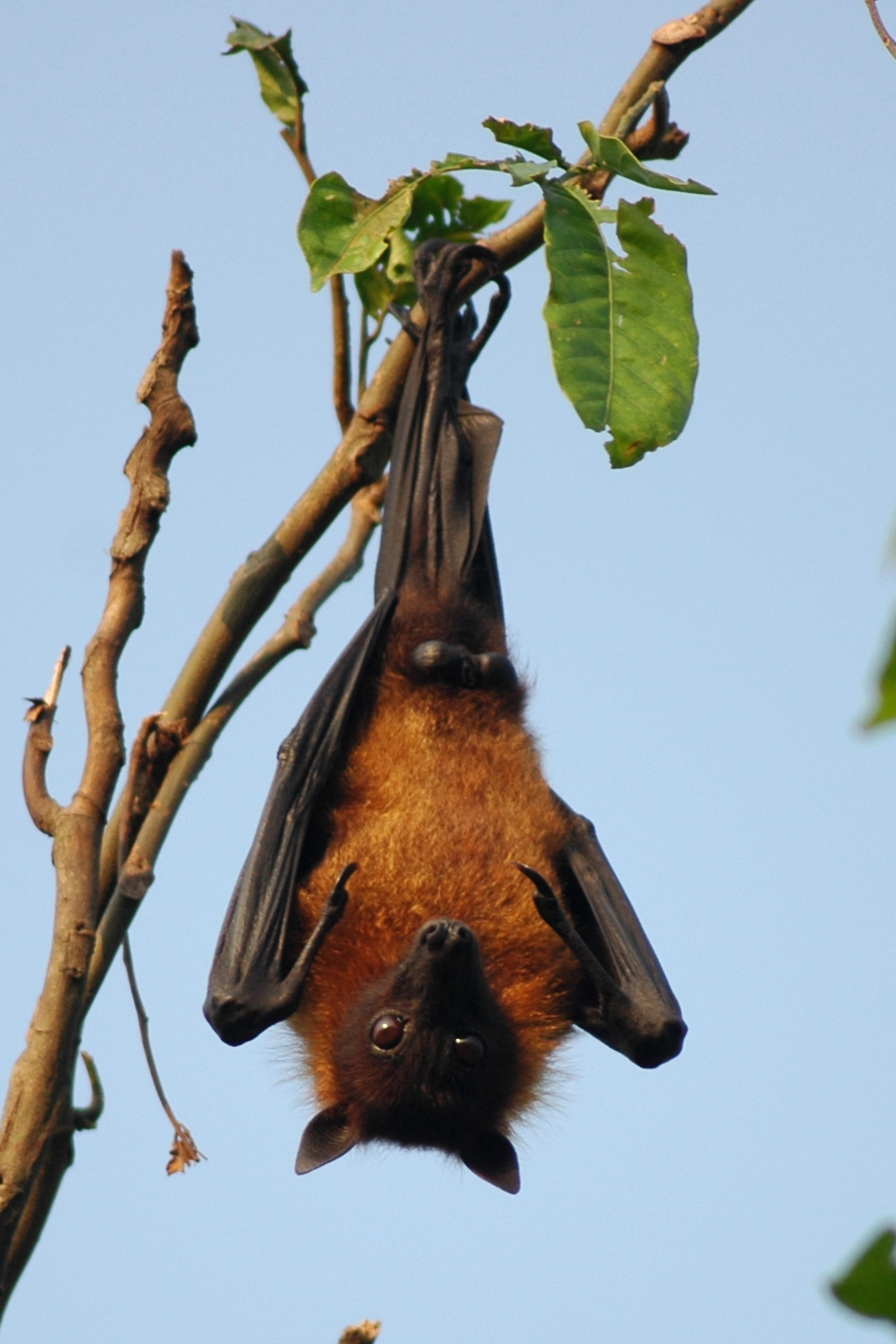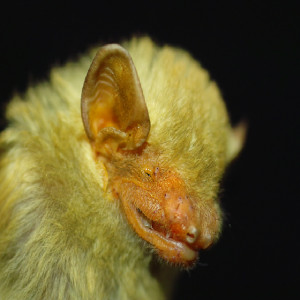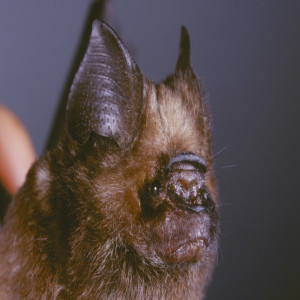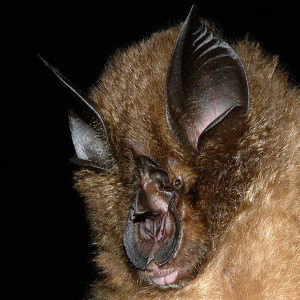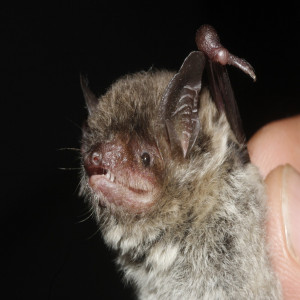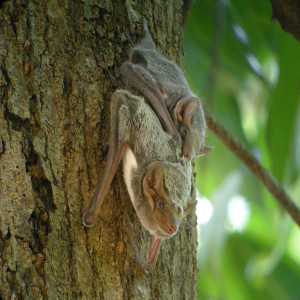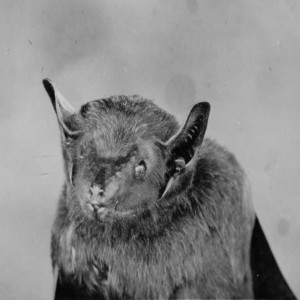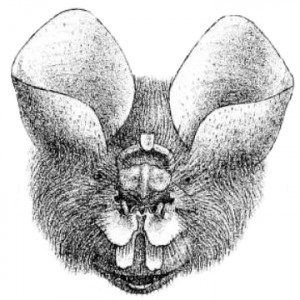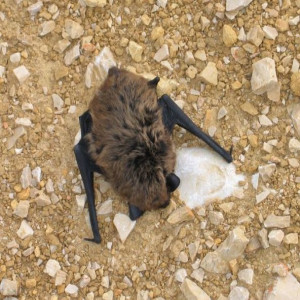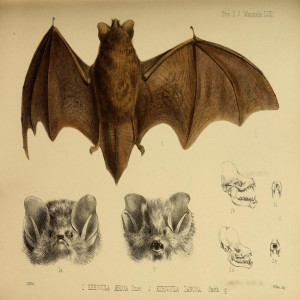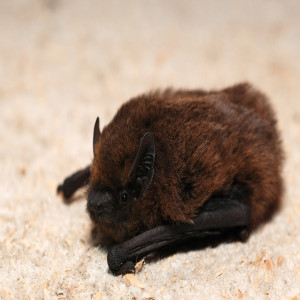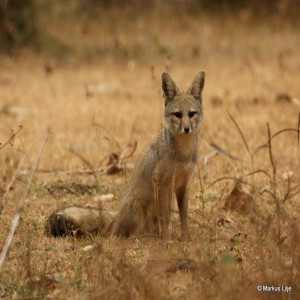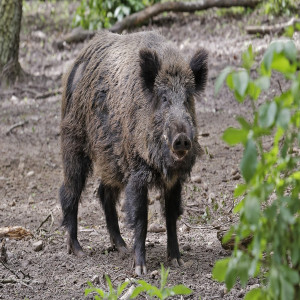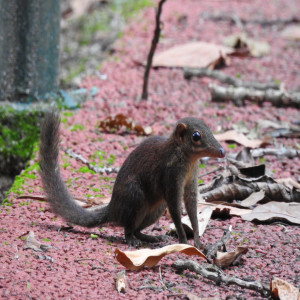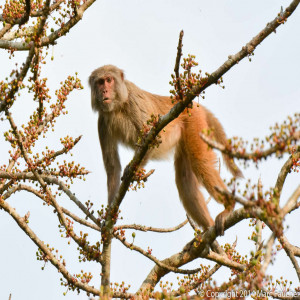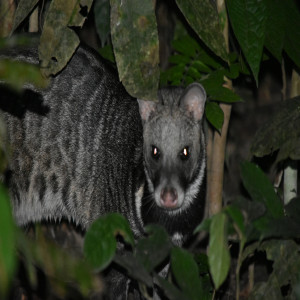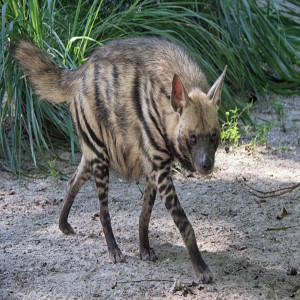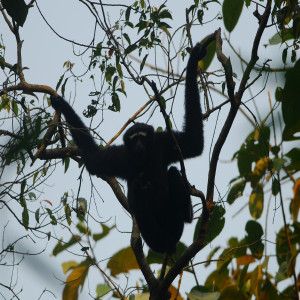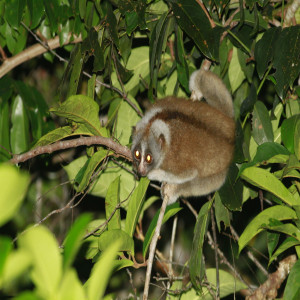Indian Flying Fox Did you see this animal?
Scientific Name : Pteropus giganteus
Family : Pteropodidae
Order : Chiroptera
Class : Mammalia
Phylum : Chordata
Other Name : Indian fruit bat
Habitat : Forest
Description : They are one of the largest bat species in the world, with a wingspan of up to 1.5 meters and a weight of up to 1.5 kilograms. They have a distinctive fox-like face with large, pointed ears and a long snout. Their fur is typically dark brown or black, and they have a furry tail.
Indian Flying foxes are nocturnal and feed primarily on fruit and nectar. They play an important role in pollination and seed dispersal in their habitats. They use their keen sense of smell and eyesight to locate fruit and flowers, and can consume up to half their body weight in fruit in a single night. They roost during the day in large colonies, often numbering in the thousands of individuals. They prefer to roost in trees, but can also roost in caves, abandoned buildings, and other structures.
Breeding occurs during the dry season, with females giving birth to a single pup each year. The young are born with their eyes closed and rely on their mother's milk for nourishment until they are weaned and able to eat fruit. Indian Flying foxes can live for up to 10-15 years in the wild.
Indian Flying foxes are highly social animals and typically form large colonies consisting of both males and females. These colonies can be composed of several hundred to several thousand individuals.
They are known for their long-distance flight capabilities, and some populations have been recorded traveling over 100 kilometers in a single night to find food or suitable roosting sites.
Indian Flying foxes have relatively poor eyesight, but their keen sense of smell and echolocation abilities help them navigate and locate food in the dark.
They have a unique dental structure that is well-suited for their fruit-eating diet. Their molars have flat surfaces that are used for crushing fruit, and they lack canines, which are typically used for tearing flesh in carnivorous animals.
The Indian Flying fox has a highly developed immune system, which allows them to harbor viruses such as Nipah and Hendra without showing any symptoms of disease.
Although they are generally peaceful animals, Indian Flying foxes may become aggressive when threatened or cornered, and have been known to bite humans or other animals if they feel threatened.
The Indian Flying fox is considered a species of least concern by the International Union for Conservation of Nature (IUCN), but they face threats from habitat loss, hunting, and disturbance of roosting sites. In some areas, they are considered a nuisance due to their feeding habits and the damage they can cause to fruit crops. However, they play a vital ecological role in their habitats and efforts are being made to better understand and protect these fascinating creatures.
Indian Flying foxes are nocturnal and feed primarily on fruit and nectar. They play an important role in pollination and seed dispersal in their habitats. They use their keen sense of smell and eyesight to locate fruit and flowers, and can consume up to half their body weight in fruit in a single night. They roost during the day in large colonies, often numbering in the thousands of individuals. They prefer to roost in trees, but can also roost in caves, abandoned buildings, and other structures.
Breeding occurs during the dry season, with females giving birth to a single pup each year. The young are born with their eyes closed and rely on their mother's milk for nourishment until they are weaned and able to eat fruit. Indian Flying foxes can live for up to 10-15 years in the wild.
Indian Flying foxes are highly social animals and typically form large colonies consisting of both males and females. These colonies can be composed of several hundred to several thousand individuals.
They are known for their long-distance flight capabilities, and some populations have been recorded traveling over 100 kilometers in a single night to find food or suitable roosting sites.
Indian Flying foxes have relatively poor eyesight, but their keen sense of smell and echolocation abilities help them navigate and locate food in the dark.
They have a unique dental structure that is well-suited for their fruit-eating diet. Their molars have flat surfaces that are used for crushing fruit, and they lack canines, which are typically used for tearing flesh in carnivorous animals.
The Indian Flying fox has a highly developed immune system, which allows them to harbor viruses such as Nipah and Hendra without showing any symptoms of disease.
Although they are generally peaceful animals, Indian Flying foxes may become aggressive when threatened or cornered, and have been known to bite humans or other animals if they feel threatened.
The Indian Flying fox is considered a species of least concern by the International Union for Conservation of Nature (IUCN), but they face threats from habitat loss, hunting, and disturbance of roosting sites. In some areas, they are considered a nuisance due to their feeding habits and the damage they can cause to fruit crops. However, they play a vital ecological role in their habitats and efforts are being made to better understand and protect these fascinating creatures.
Distribution in Bangladesh
References:
description written by: Asad U. Tanvir, Department of Zoology, Jagannath University, Dhaka; reviewed by: Muntasir Akash, Department of Zoology, University of Dhaka; Taxonomic Checklist: Red List of Bangladesh Volume 2: Mammals, 2015, IUCN; information sources: wikipedia, iucnredlist.org, photo credit: Samiul Mohsanin, (Jahangirnagar University, Dhaka), photo copyright: Samiul Mohsanin. For more information please contact with us.
description written by: Asad U. Tanvir, Department of Zoology, Jagannath University, Dhaka; reviewed by: Muntasir Akash, Department of Zoology, University of Dhaka; Taxonomic Checklist: Red List of Bangladesh Volume 2: Mammals, 2015, IUCN; information sources: wikipedia, iucnredlist.org, photo credit: Samiul Mohsanin, (Jahangirnagar University, Dhaka), photo copyright: Samiul Mohsanin. For more information please contact with us.
